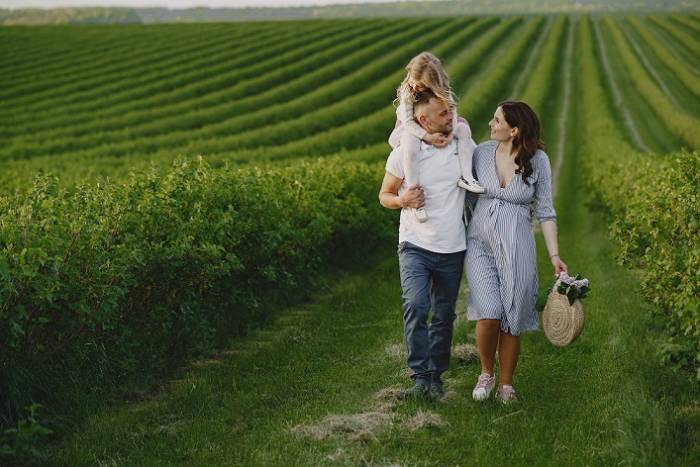Napa Valley wineries adapt as more visitors choose not to drink alcohol
Declining alcohol consumption prompts tasting rooms to charge entry fees and offer new experiences for nondrinking guests
2025-08-28

Wineries in Napa Valley and across the country are seeing a noticeable shift in visitor habits as more Americans choose not to drink alcohol. A recent Gallup survey, released this month, found that only 54% of Americans say they consume alcoholic beverages. This is the lowest rate since Gallup began tracking these habits in 1939. The 2025 poll marks the third year in a row that drinking rates have declined, with a majority of respondents now agreeing that even moderate drinking can be harmful to health.
This trend is having a direct impact on winery tasting rooms, where a growing number of guests are opting out of wine tastings. Lucinda Wolf, who has worked as a tasting room host in Napa Valley for nearly three decades and is currently at Frog’s Leap in Rutherford, has seen the change firsthand. She notes that many visitors now come for the scenery and atmosphere rather than the wine itself. “They're here more for the experience,” Wolf said. “They come because it's beautiful and they get to see grapes on the vine.”
Wolf believes that recent negative coverage about alcohol’s health effects is influencing public attitudes. “I am of the opinion that there's definitely a neo-prohibitionist movement happening,” she said. “The press, particularly the health press, has been very negative about the effects of alcohol.”
As fewer people drink, wineries are adjusting their business models to accommodate nondrinking guests while still covering costs during an industry downturn. At Frog’s Leap, all guests are now charged for visits, regardless of whether they participate in tastings. Tori Williams, director of grounds and gardens at Frog’s Leap, says this is a challenge many wineries are facing. “People used to roll up and you'd be so glad there was a customer, you'd rush right out and give 'em a glass of wine and hope they buy something,” Williams said. “Now, Napa Valley has established itself as a world-class destination unto itself, with or without the wine, and that presents some unique challenges to businesses who survive on the ability to sell their guests their product.”
Williams reports that just a few years ago, only about 3 or 4% of tasting room visitors chose not to drink. Now, that number is closer to 20%. With such a significant portion of guests abstaining from alcohol, wineries say it is no longer sustainable to offer free access to their facilities. “If 20% of the guests in your tasting experience are not going to drink,” Williams said, “we can't do that without charging some sort of a fee in order to cover the cost of maintaining the space.”
To ensure nondrinking guests still feel included, Frog’s Leap offers handcrafted nonalcoholic beverages served in real wine glasses so everyone can participate in the experience together. While some visitors have expressed frustration with the new policy, Williams emphasizes that running a tasting room involves significant expenses for staff and property upkeep. “That doesn't feel unreasonable, I hope,” she said. “And I hope that people walk away feeling like since they had to pay for something, they got a good experience.”
The shift toward nondrinking visitors comes at a time when wineries are already facing economic pressures from changing consumer preferences and increased competition from other travel destinations. As more Americans reconsider their relationship with alcohol, wineries are working to adapt by focusing on hospitality and creating memorable experiences beyond just wine tasting.
Founded in 2007, Vinetur® is a registered trademark of VGSC S.L. with a long history in the wine industry.
VGSC, S.L. with VAT number B70255591 is a spanish company legally registered in the Commercial Register of the city of Santiago de Compostela, with registration number: Bulletin 181, Reference 356049 in Volume 13, Page 107, Section 6, Sheet 45028, Entry 2.
Email: [email protected]
Headquarters and offices located in Vilagarcia de Arousa, Spain.